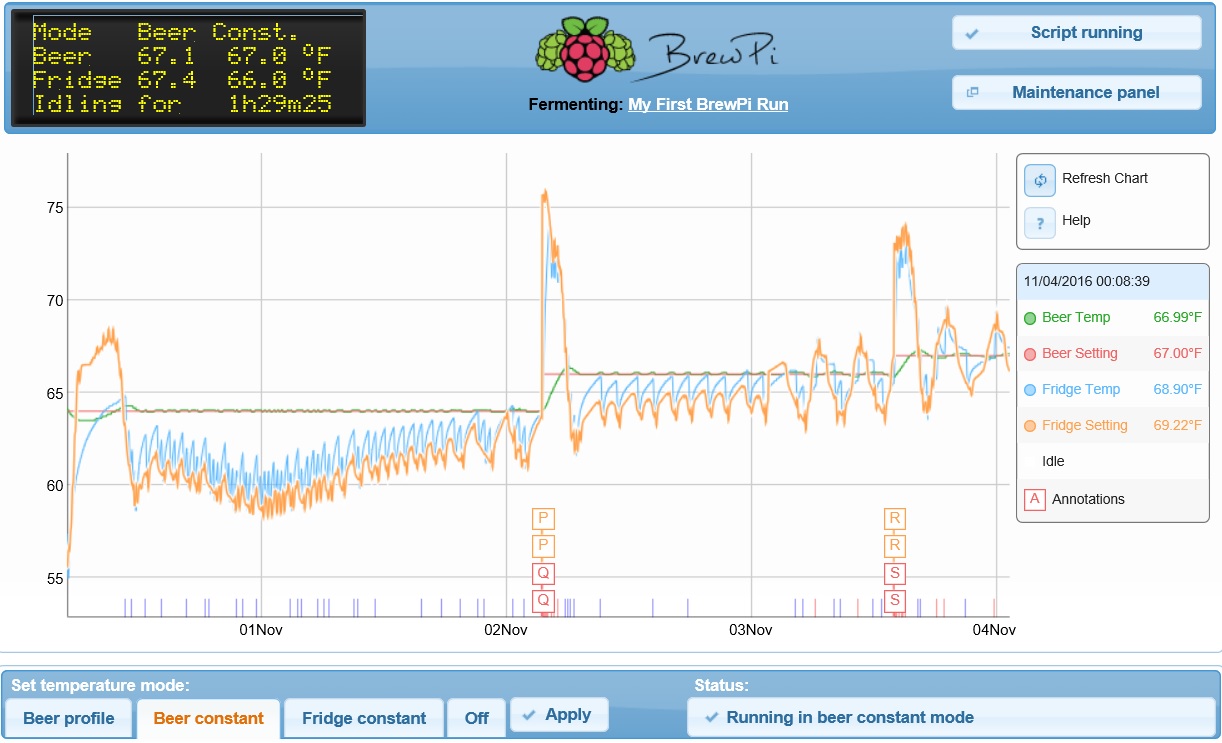SHvanBommel
Well-Known Member
- Joined
- Nov 5, 2007
- Messages
- 548
- Reaction score
- 57
Awesome! I'm assuming that speed won't be an issue. Will probably attempt this on my next build. Would it be worth trying to create a shield that encompasses all the stuff from the cadibrewer shield as well as an interface and buck for pi?
Do I need the voltage divider or can I use resistors to drop voltage or can i follow this guide:
https://mycontraption.com/raspberry-pi-and-arduino-serial-communication/
Do I need the voltage divider or can I use resistors to drop voltage or can i follow this guide:
https://mycontraption.com/raspberry-pi-and-arduino-serial-communication/







































